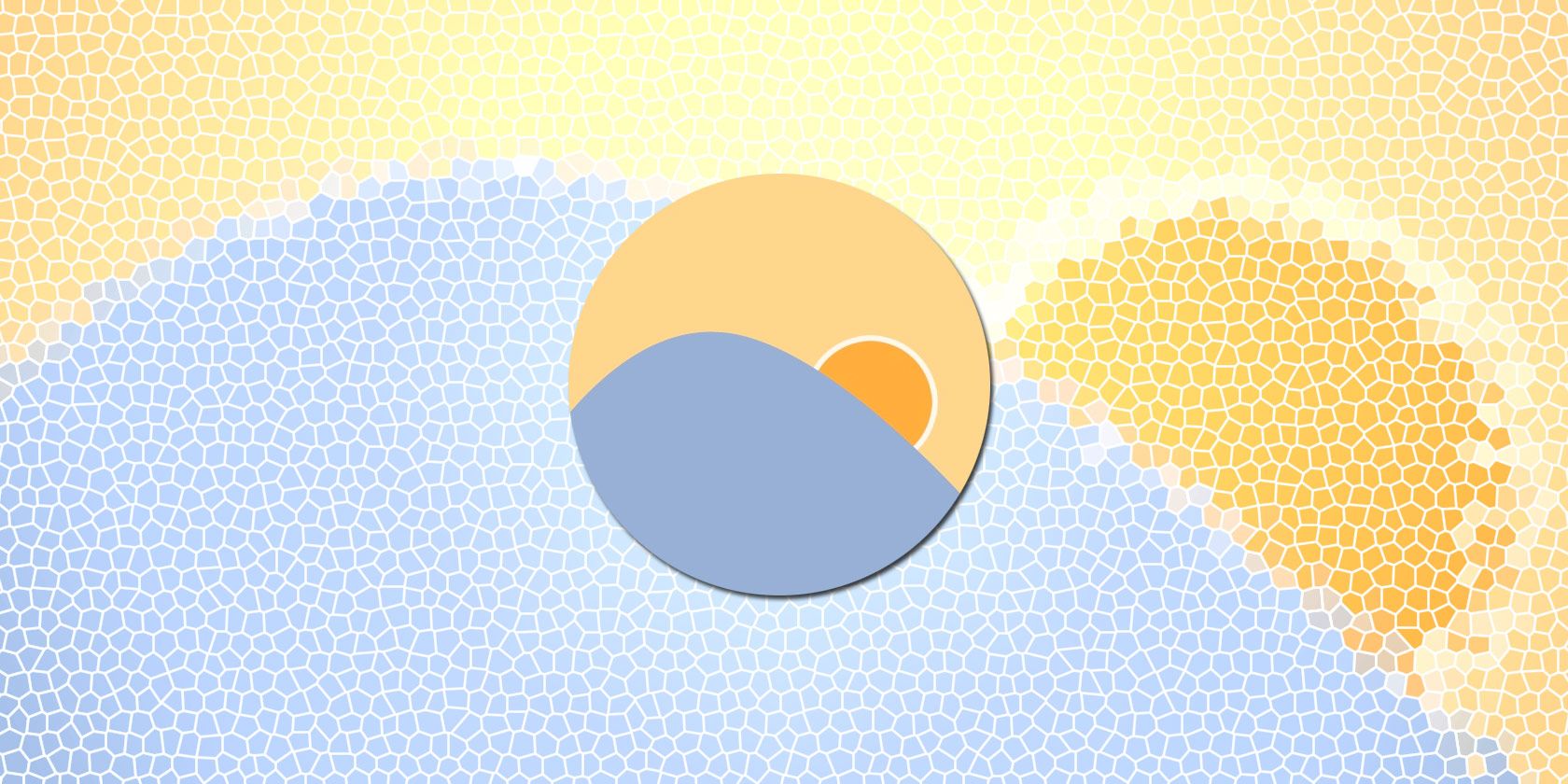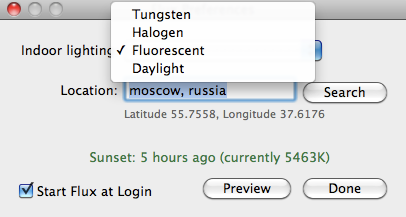A couple of months ago, Varun wrote about a very interesting yet controversial application. Since then, a lot has been learnt and the app has come quite a long way. I'll attempt to review the app again but this time, I'm testing the Mac version and I'll try to look to it from a totally different perspective from he did. First, let me start off with a little background.
You must be familiar with modern LCD screens, right? If you look carefully, most of them have a button to automatically change the attributes of the screen to adjust for the types of media which is being viewed: one specially tweaked for movies, another for photos, a separate one for text and there's one we're particularly interested about -- night.
You see, working in front of a computer screen at night raises a particular concern. The fact that you're staring at a bright screen late at night when your body is supposed to be turning in, disrupts your circadian rhythm. A bit of medical jargon coming your way -- during nighttime, darkness permits the production of melatonin by the pineal gland. Melatonin causes drowsiness and in tandem with the central nervous system, controls the circadian rhythm. In layman's term, all this means is the bright light from the LCD screen screws up your sleep-wake cycle.
That's why there's a customized "Night" setting on your LCD. Furthermore, there are several apps that will reduce the brightness of your screen while working at night; Shades is one example of a Mac app that will do just that. I don't know if you've noticed the LCD's reflection off a person's face at night -- it's mostly bluish white. Technically, the specific colour temperature is 6500K; also known as daylight. That's right. If you find it hard to fall asleep after using your computer, this is why.
F.lux addresses this issue but it does it slightly differently. Instead of reducing brightness per se, it actually warms the colours you see on your screen and imitates the lighting in the room during nighttime. It's quite hard to wrap your head around until you actually use it but I'll do my best to try and explain it.
After downloading and launching the app, it will ask you for your location and the type of lighting that's in the room -- tungsten, halogen, fluorescent or daylight. Based on the information, it calculates exactly when the sun sets in your area and adjusts the colour temperature of your screen to mimic the lighting in the room. Note that the Mac version's interface isn't as refined as its Windows counterpart -- but it doesn't matter very much because all of the time, the app is absolutely unobtrusive. There are no pop-ups and you won't notice it running.
Here's a short clip to show you how seamless the colour change is. I have to apologize for the video's quality. The warming effect isn't visualized in screencasts and I had to resort to using a digicam. The focus is invariably off. The point here is to show you that F.lux can actually warm the screen up quite a bit to compensate for the lighting conditions, especially if the room is lit with halogen or tungsten lamps. I can assure you that the colour changes evenly across the screen, even though it looks "top heavy" in the video.
http://www.youtube.com/watch?v=yIV4K6VkUuo
I've been using F.lux for a while and I cannot instinctively tell when the warming appears. It's a natural transition, which I appreciate. It can also be temporarily disabled in the menu bar to work on colour-sensitive projects. One more thing I have to stress: using F.lux doesn't mean that you will fall straight to sleep once you're off the computer and in the bed. No, there are other factors governing sleepiness. F.lux will only help reduce stimulated wakefulness and assist you in adjusting to lighting conditions.
If you find yourself skeptical, give it a try. F.lux is cross-platform and will work on Windows, Mac and Linux. If you think it works, share your experiences in the comments.


